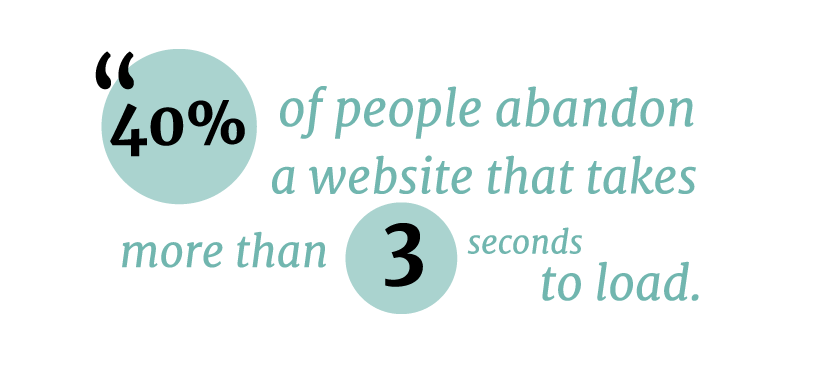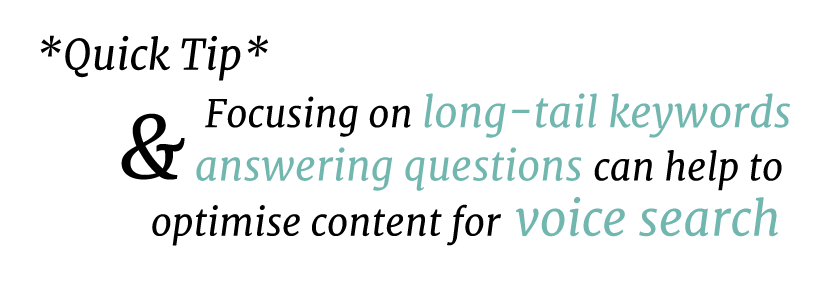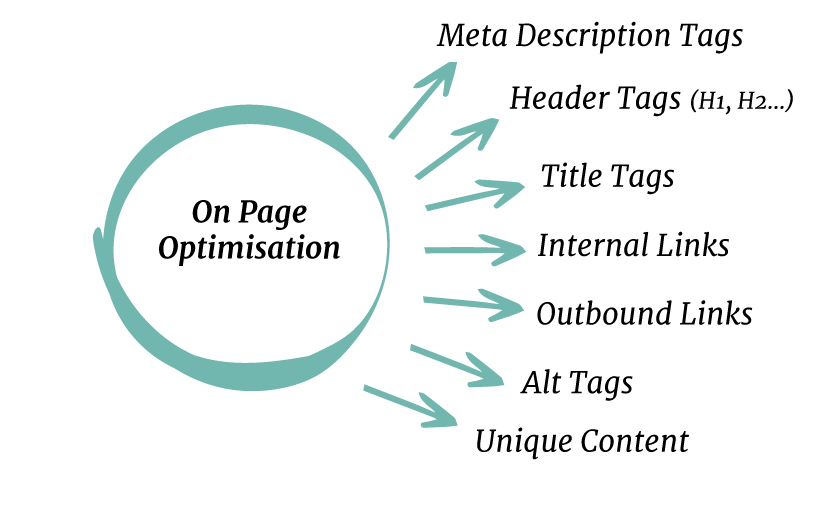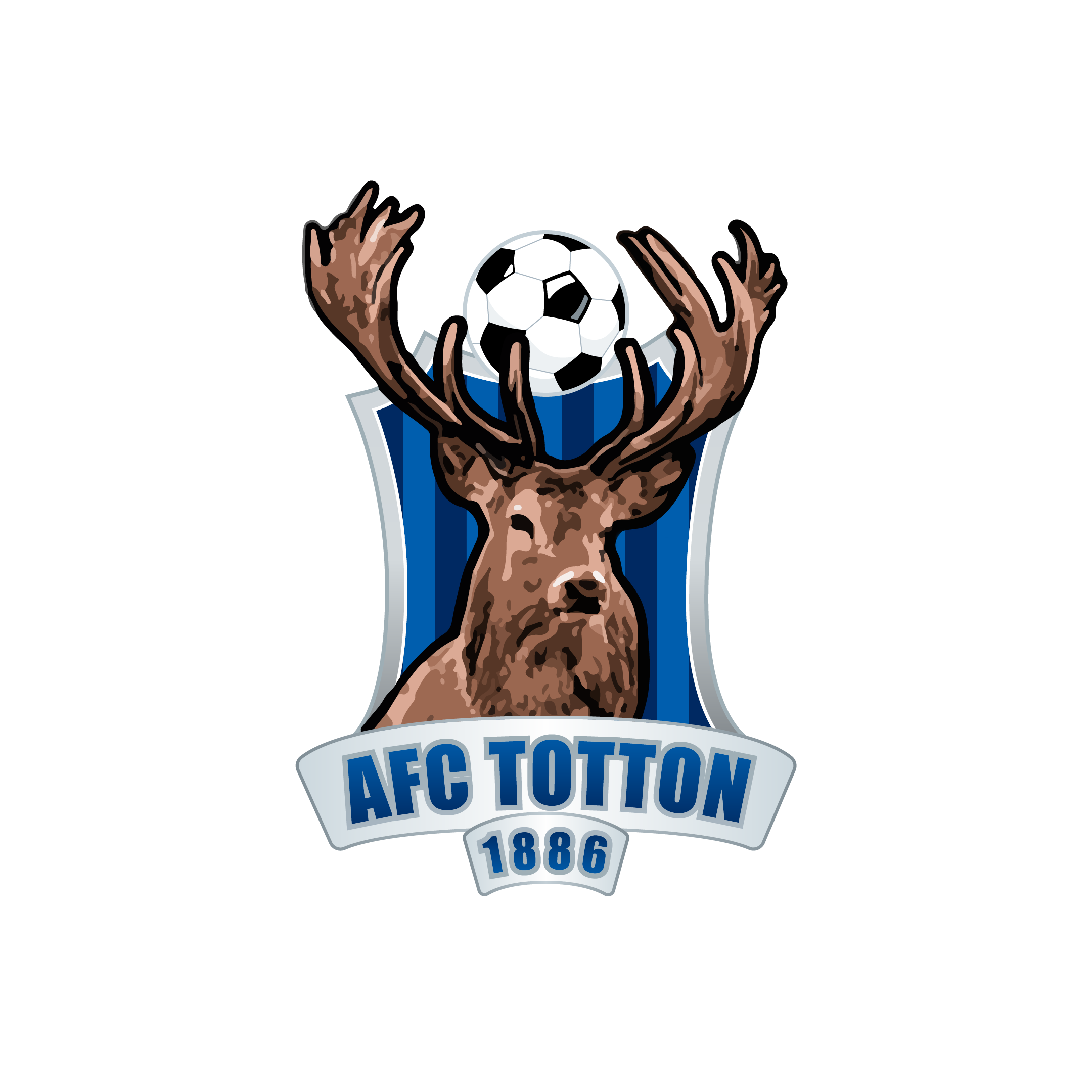
Top 10 SEO tips for your website
SEO tactics are constantly changing.
As Google changes the algorithms regularly, it’s difficult to really know where to start or what the best SEO activities are to prioritise.
Targeting specific keywords to improve your rankings on Google and other search engines doesn’t work in the way that it used to. However, your keywords do still play an important part in getting your organic rankings up. It’s just how you implement them within your site and other content that has changed.
But that’s not the only thing that can affect your site’s optimisation, there are plenty of SEO techniques that can play quite a powerful role in getting your traffic to increase. Whether that’s link building, on-page SEO, content or more.
With so much information out there, it can be tricky to determine which SEO activities to start with, and which ones will give you quicker and more powerful results.
That’s why we’ve put together a list of some of the top SEO tips and tricks that you can implement easily to generate more organic leads. After all, search leads often have a higher conversion rate – which is what we want to see!
1) Check the speed of your site
It might seem obvious, but you’ll be surprised how many sites are impacted by slow-page loads.
Back in the day, it was normal to wait for a website to load. But as technology has changed, having a fast loading site gives you brownie points in the search engine world.

40% of people will abandon your site if it takes longer than 3 seconds to load – that’s a huge amount of people you could potentially be losing. Plus, you’ll be showing a higher bounce rate, which doesn’t go down to well with search engines.
Google ranks site speed as one of the 10 most important factors of ranking your site. So if your site is running slow, you’re at a massive disadvantage.
Declutter your site, optimise image sizes and only put the essentials on there when it comes to any widgets or pop-ups.
You can quickly check your site speed using our free SEO Audit to see if you’re on the right track.
2) Don’t be afraid to link to other sites
A lot of people are sceptical when it comes to linking to other websites. You want them to stay on your site, right?
But link building, whether inwards or outwards, is a fundamental SEO tactic!
Think about it, Robots are crawling for relevant pages and content, so if you’re linking to other relevant pages, they can see you’re practising what you preach!
Be careful though, make sure these are high-quality sites and sources. The key is to make your content relevant and helpful to your reader! So, if you’re linking to the right sorts of places, it demonstrates you’re doing the right thing – catering to your audience.
It makes your site more valuable to the reader, and search engines are more likely to reward positive contribution and behaviour.
3) Encourage them to link back to you
Another great thing about adding outbound links to your site is that you’re demonstrating your ability to share links between two parties – a great way to attract inbound links.
Backlinks are still a strong contender when it comes to getting great search engine placement. The key tip here is to generate trustworthy sites to link to you – quality over quantity. When you’re generating decent content that people will not only want to link to but share on social media or even interact with – you’ll definitely get further up the ranks.
You want more people to link to you organically, rather than force your links and that will all come from a solid marketing and content plan centred around your audience.

4) Be wise with keywords
Keywords were one of the first things that Google announced that would help increase your rankings. It was easy for their robots to crawl sites and categorise them if they could scan certain keywords.
Years later, the algorithms have changed so much – it’s time for a different mindset!
YES, keywords are still important, but you need to be focusing on your content first, and keywords after.
Why?
Because you want your visitors to actually read your work and content, spending more time on your site and engaging with what you’ve written.
Ideally, you want to demonstrate your expertise in your field, provide advice for your readers and for them to get out their wallet and purchase your product or service.
The best thing to do is to forget about your keywords whilst you’re creating content, and then review each piece afterwards. You’ll reap the rewards by providing useful, engaging content that enhances user experience.

5) Write engaging and updated content
You may have heard the phrase marketers often use ‘content is key’. Well, it sort of is. Whilst there are lots of different SEO techniques; creating and publishing engaging and unique content can significantly help to improve your position on search engines.
It can often be quite challenging to consistently update your content, whether that’s because of lack of resources, or lack of measurability or even just providing a variety of content that keeps your customers engaged.
Unique and updated content is one of the things that affect what search engines call the ‘fresh factor’. The basics here are that Google measures your site and content for freshness and then gives you a score per page in relation to a search query.
Therefore, recent news or events, regular events or frequent updates can help them determine that score.
What regular content can do for you – is create useful share-worthy blogs and articles you can post across your social channels too!

6) Build your social media
Social media is another tactic that should be a fundamental part of your SEO strategy. Increasing the ‘likes’ or ‘followers’ on your page is one thing, but it’s also sharing content that encourages others to re-share those posts and add their comments.
If you create useful content, like the point before, you’ve got a great start in adding to your social media strategy. What’s more, you can ask people to share your content too.
A good tip to increase your social media presence is to start a competition that encourages your followers to tag a friend and share the content so that it can reach more people. Also mentioning reputable brands and influencers that you work with can also help give you some extra kudos.
Social media is a great tool in getting more people to your site and getting them to share your content, which in turn gives you a nice little boost up the Google ranks. So it’s not to be overlooked.
*Quick Tip* Start with 2 or 3 social channels that you feel are the right fit for you and build from there. B2B and B2C are likely to have better interactions on different platforms, so incorporate this into your strategy.
7) Get your basic metadata right
If you’re not a digital marketer and don’t know ‘back end’ strategies, this is quite a simple one to get your head around.
There are a few elements to metadata, but the main focus should be on your meta title and description.

This is the first thing that people will see when they search your site on Google.
Each title should reflect what’s on the page and each description should be unique and relevant to the page that it’s pointing to.
It doesn’t make sense to have a description that’s talking about everything you do as a business if it's not relevant to the page. Say for example you offered email marketing, SEO and content but the page only talks about email marketing – it can be confusing for the reader, plus search engine giants are likely to pick up on it.
Also, avoid any duplicate content as search engines don’t like that and could penalise you for it. In WordPress, you can get plugins such as Yoast to help you, and in Concrete5 (our preferred CMS platform) there’s a simple SEO tab set up ready for you to add in your unique title tag and meta description.
8) Pay attention to your URLs
When working with websites (particularly in WordPress), normally when a new page is generated, it will automatically create a URL for you. Often, these can be generated containing a long-tail URL full of different page names.
For example:
https://yourcompany.co.uk/blog/post-name/title-of-article/date-published/12345.
Think about if you had to type in a URL by hand and what would be the easiest route to see. If your readers can’t type it in easily, then Google won’t be able to read and crawl it properly either.
When it comes to blog posts, it may be that the URL is longer than others, but as long as you keep it clear, then people and search engines can identify clearly what’s going to be on the page.

Top URL Tips: Always use hyphens to separate the words in URLs, don’t use capitals, avoid numbers (unless it’s part of the page title) and always put your top content in the root – aka straight after your main URL.
9) Don’t forget your image alt tags
A lot of people who don’t know about SEO can often overlook the images on their site.
We’ve already talked about making sure your images aren’t too large to impact your site speed, but there are other things you want to consider too.
Think about it like this, a robot from a search engine scans your code and doesn’t see the image itself. Therefore, if you’ve uploaded an image all it can read is the file name that you’ve given it, instead of seeing the actual image.
Therefore, step 1 – give it a decent file name, so it is relevant to the image.
And step 2: add an alt tag.
An alt tag is a bit like a ‘caption’ on the image but isn’t normally displayed on the site - just within the code. This helps Google identify what the image is easily without needing to see the image itself.
What’s more, in situations where the image is unable to load on the page – the alt text should describe what that image is so the reader can see what is supposed to be there and no essential functionality is lost.

10) Track your results and make improvements
Once you’ve got your top SEO tactics in place, you’ll definitely want to track your progress.
Google Analytics and Google Search Console are a great place to start when tracking visitors and search queries in relation to your site. They’re easy to implement on your site and can track your progress as you work on your SEO.
If you spot any keywords or search queries that aren’t relevant to your site, it gives you a chance to look at that particular page and make the relevant adjustments.
It also shows you any sites that may be no longer relevant to your users or places where they are dropping off the site. Use this as an opportunity to update that page and create a newer, fresher piece of content that works instead.
If you work on these top 10 SEO tips, we guarantee you’ll be generating more organic traffic and getting more engagement with your customers.
If you’re interested in learning more about SEO or having some content written for your site, get in touch or enquire here– we’ll be happy to help!
Free SEO Checkup


